Fifteen Minutes of Fame
This Fifteen-Minutes-of-Fame: for double-bass and clarinet composed for Okamoto/Martinez-Forteza is to be performed Sunday, April 14, 2013 for the Composer's Voice concert series at the Jan Hus Church in New York City. The one-minute pieces are to be written specifically for this project, which will be performed by Satoshi Okamoto, double-bass and Pascual Martinez-Forteza, clarinet.
The theme of this call is Japan. The Japanese theme could include pieces inspired by Japanese musical or visual art works (either traditional or contemporary), short arrangements of Japanese pieces, or pieces using technical elements found in Japanese music. New works by Japanese composers are also welcome; however, works will be judged on their artistic merits and not on the nationality of the composer.
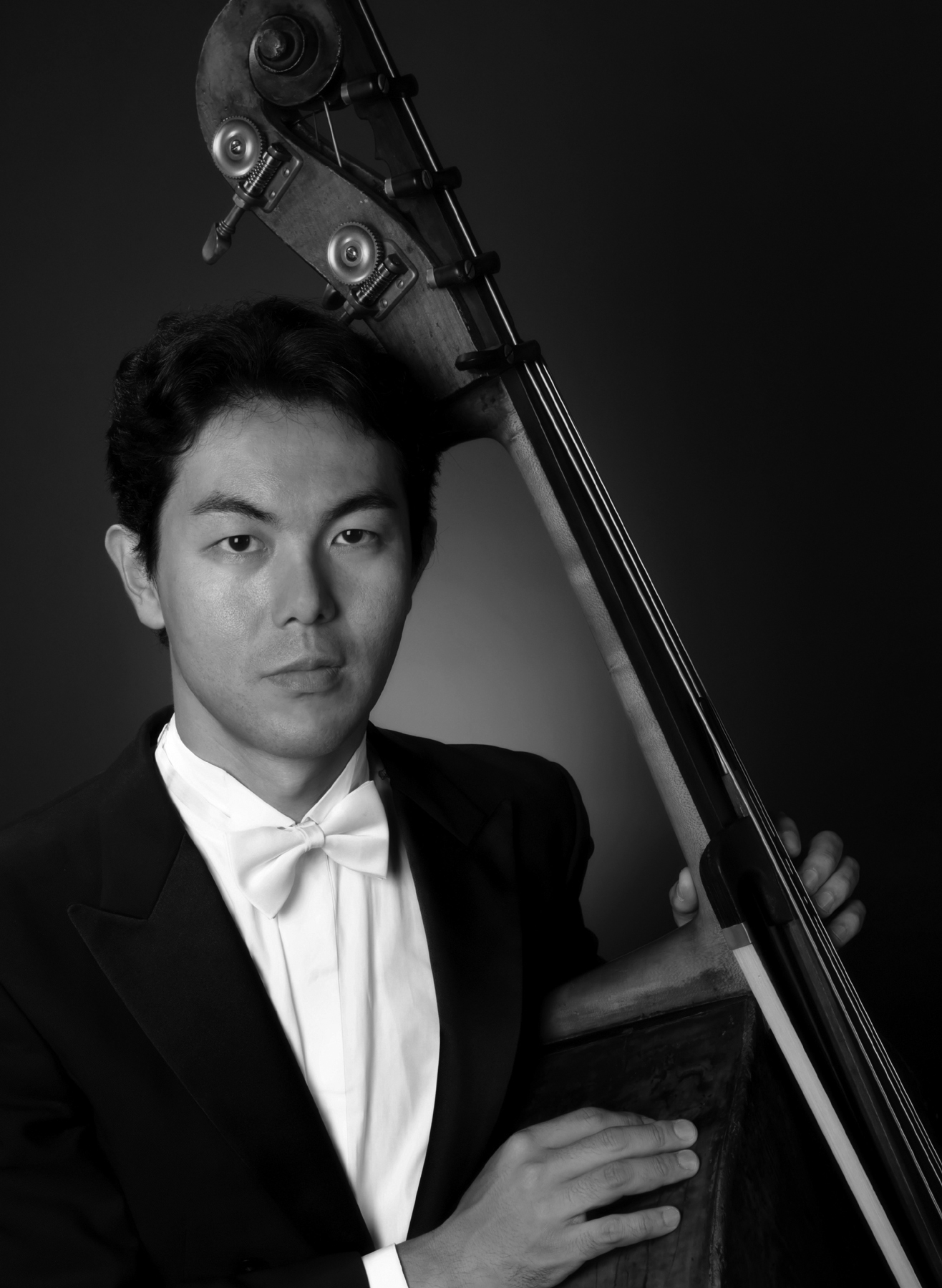
Satoshi Okamoto
Satoshi Okamoto was an assistant principal double bassist in the San Antonio Symphony for eight years and a member of the New York City Ballet Orchestra for a year before joining the New York Philharmonic in September 2003. He received his master’s degree from The Juilliard School, and a bachelor’s degree from Tokyo University of Fine Arts. An eight-time Aspen Music Festival participant, he won the festival’s bass competition twice, in 1993 and 1997. He also became a finalist of the International Society of Bassist Solo Competition in 1997, and the Izuminomori International Double Bass Competition in 2001. His teachers include Philharmonic Principal Bass Eugene Levinson, Paul Ellison, Al Laszlo, Bruce Bransby, Yoshio Nagashima, and Osamu Yamamoto.
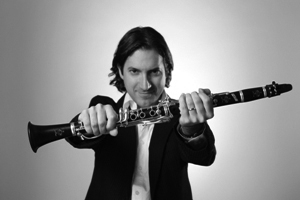
Pascual Martinez-Forteza
Pascual Martinez-Forteza joined the New York Philharmonic as Second Clarinet in May 2001 after a tenure with the Cincinnati Symphony Orchestra, where he had been Second Clarinet since 1998. From 1999-2000, he also served as that orchestra’s Acting Associate Principal Clarinet. Prior to his appointment in Cincinnati, Mr. Martinez Forteza was Assistant Principal Clarinet of the Symphony Orchestra of Baleares, Spain, from 1991-1998. He also performed with Madrid’s National Orchestra of Spain from 1993-1995. After earning a professor’s degree from the Baleares and Barcelona Superior Music Conservatories, Mr. Martinez Forteza pursued advanced studies at the University of Southern California in Los Angeles. There, he received first prize in the University’s 1998 Concerto Competition. His principal teachers have included Yehuda Gilad, Guy Deplus, and Pascual Vicente Martinez. In addition, Mr. Martinez Forteza has performed in master classes under Andrew Marriner, Anthony Pay, Enrique Perez, Michele Zukovsky, Mitchel Lurie, and Walter Seyfarth
Concert Dates
- April 14, 2013 - Jan Hus Church, New York City
15 one-minute selections for Satoshi Okamoto and Pascual Martinez-Forteza
-
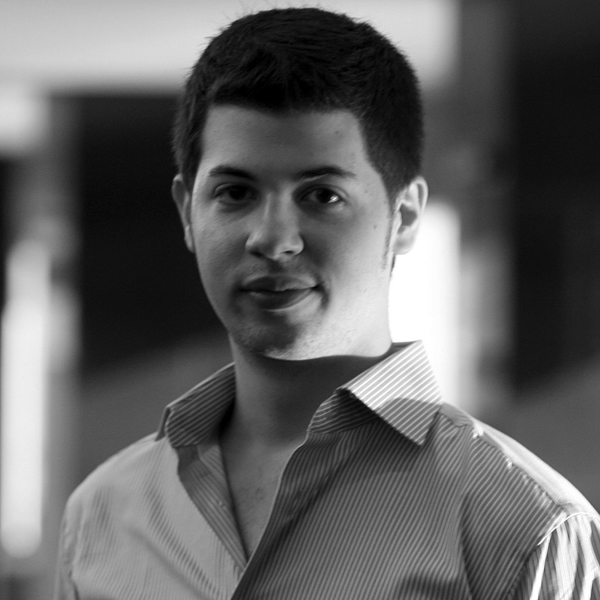
Kogarashi
Javier Martínez Campos
Javier Martínez Campos (Valencia, Spain 1989). Cellist and composer. He studied at "Real Conservatorio Superior de Música de Madrid" and now is studying a Master of Cello with Gregor Horsch (Principal cellist of Royal Concertgebouw Orquestra) at "Robert Schumann Hochschule" Düsseldorf (Germany). Member of the “European Union Youth Orchestra” (EUYO). He has won 14 composition competitions.
This work is based on a “Haiku” in terms of structure, form and description. It is characterized by three sections (one for each phrase). The motive is based on the "Sakura", a Japanese folksong. The clarinet is built from the scale "Iwato" and the Double bass from the scale "Hirajoshi".
-

Chikatetsu No Ai (Love on the Metro)
Fermino Gomes
Fermino Gomes (Patos, PB, Brasil) studied theory with Gazi Sa and João de Barro at Caipira University of Paraiba (UNICPB), Brazil. As well as an active composer, Fermino performs on the viola (Brazilian 10 string-folk guitar) regularly. Fermino currently lives in New York City.
Hip to Hip I Feel/ her sweet breath upon my neck/the train speeds along/ She Moves Her Belly/ Bleeding Rhythms From Her Pods/ Rushing into Me/ She Stares at My Face/ Her Whirlpools Pull Me Under/ I’m sure I Love Her/ Next Station: Train Stops/She Leaves Me Stranded/Crowded In My Dreams For Good
-
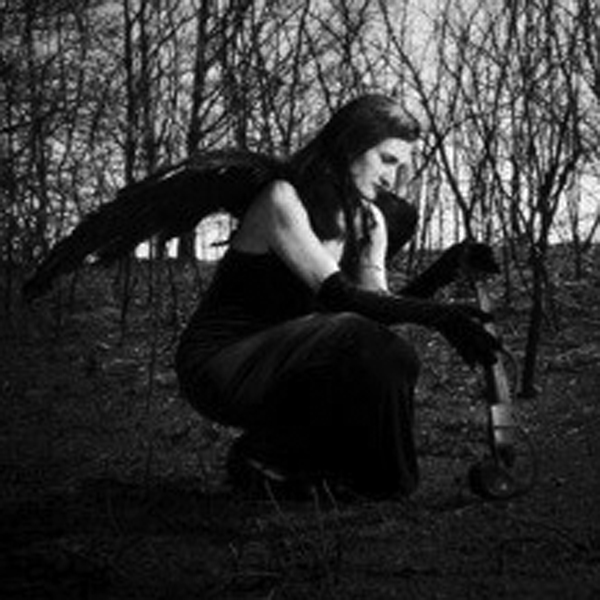
Tanko Bushi Blues
Karen Naifeh Harmon
Karen Naifeh Harmon: Violinist/ Composer in Tulsa. Currently working on a Jazz Composition Certificate through Berklee College of Music. From opening for Loretta Lynn and Hot Club of Cowtown to performing with Meredith Monk, my interest is composing & performing multi-cultural songs through a variety of genres.
“Tanko Bushi”, a Japanese folk song about coal mining, uses a rhythm that is swung, ondo style. I arranged this tune fusing elements from American Delta blues & work songs - From performing in Beer Joints to Performance Halls, a compositional technique fusing Blues and Folk songs speaks to me.
-

Komoriuta
Olga Harris
Olga Harris was born in Moscow; Russia. She graduated from Ukraine College with a degree in Piano. She holds a Master’s Degree in Composition from the prestigious Moscow Conservatory, where she studied with the famous composer, Aram Khachaturian and was his last student. Dr. Harris holds a Doctorate Degree in Composition from the Moscow Gnesin Arts Academy. She composed 3 symphonies, opera, 3 concertos, 2 quartets, 3 trios and sonatas for different instruments, also 2 animation movies and music for television. Olga Harris now works as Music Professor in TSU in Nashville, TN.
Komoriuta is an original Japanese Lullaby. Spirit and intonation from this song I used in my piece. Art picture of Red Fuji Mountain inspired me.
-
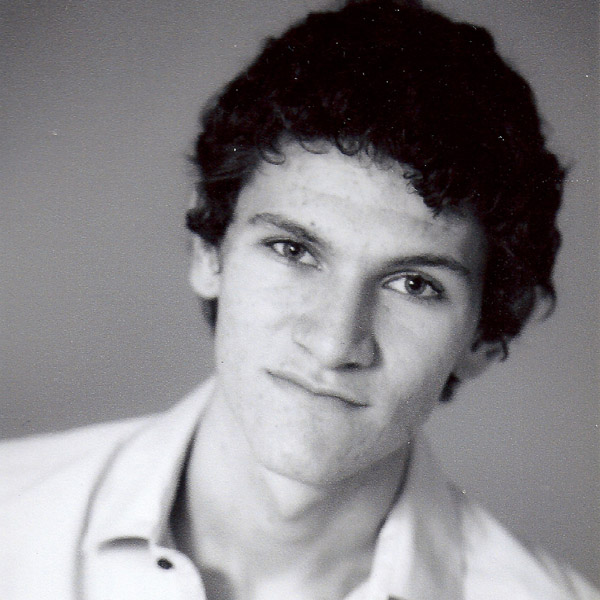
Shibuya Scramble
Steven Kreamer
Steven is entering his fourth and final year at the Sydney Conservatorium of Music where he is studying composition. He has been a pianist for most of his life and continues to play as an accompanist, repetiteur and musical director. He also teaches music privately at his home in Sydney.
The Shibuya intersection is one of the most recognized Japanese locations, famous for its ‘scramble crossing’ thanks to movies such as Lost in Translation. The frantic junction is a lively, bustling spot that I have been lucky enough to visit, and the energy of the area has inspired this composition.
-
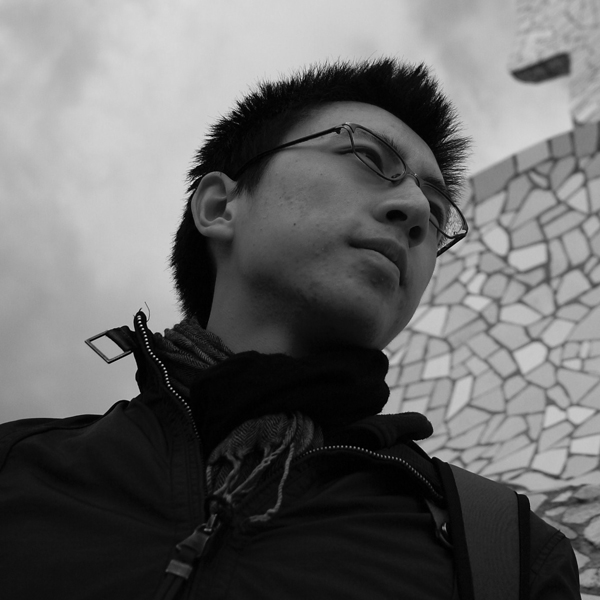
Nazo
Peter Lam
Peter Lam studies music at Kings College London, where he co-founded the new music group Ensemble Novus. Past achievements include winning the Philip McKenna Young Composer Award with his work premiered by the Dulwich Symphony, achieving A* for his research on experimental music and full marks for his A-level compositions.
Nazo - as suggested by the title (‘mystery’ in Japanese), the Japanese pentatonic scales have always generated a mysterious feeling to me. This piece explores such mysterious, quiet, yet unsettling mood through motives based on pentatonic materials and interlocking dialogues shared between the contrasting timbres of the two instruments.
-
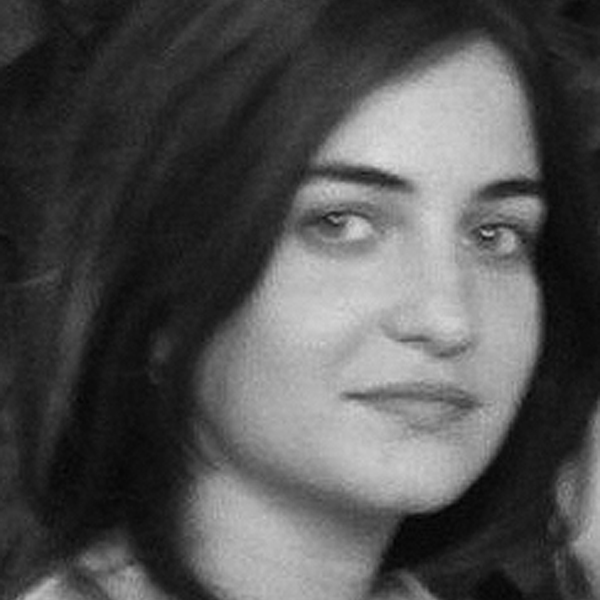
Haikus to the Frog
Maureen Reyes Lavastida
Composer, pianist and teacher to the Asociation of Writers and Artists of Cuba and the High Institute of Art in Habana. Her works has been commissioned and awarded in festivals and concerts around the world. She is member of the CIME/UNESCO, LNME and the IAWM. Her composition catalogue comprises works for solo instruments as well as chamber music, symphonic, vocal, incidental and electroacoustic works.
Haikus to the Frog was composed on December 2012 especially for Satoshi Okamoto (Double bass) and Pascual Martinez Forteza (clarinet).The music intends to adopt and play with the literary structure of Haikus: a Japanese poem of seventeen syllables, in three lines of five, seven, and five. The known Haikus of the Frog, tells the story, evoking images which are left hear throughout the work.
-
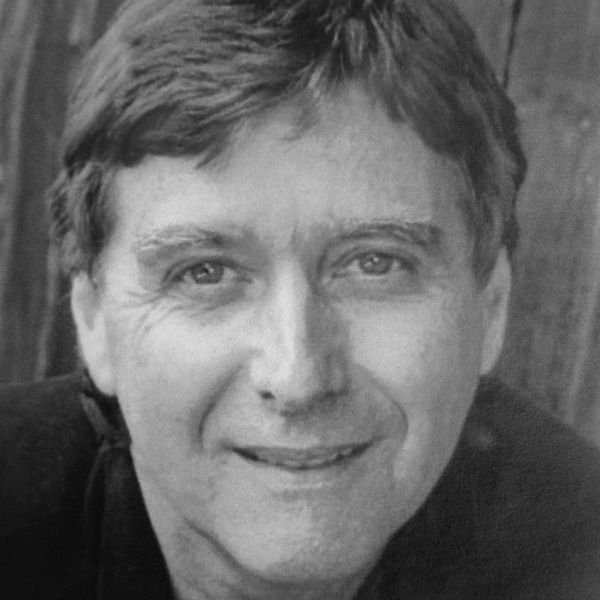
AKA-TOMBO
John Mackay
John Mackay grew up in Toronto, Canada. He has been performing and composing from a very young age. His music has won awards in the genres of contemporary classical, jazz, solo piano, choral, pop, children’s music and arranging. He now divides his time between New Zealand, Canada and the U.S.A.
AKA-TOMBO is one of the most famous Japanese folk songs—beloved by the Japanese people. My arrangement begins with a short introduction followed by the clarinet playing the melody with bass accompaniment. Then the bass takes the melody as the clarinet weaves a counterpoint line above. It resolves peacefully—as it should.
-

Bonzai on Water
Steven H Markowitz
Steven H Markowitz Studied Composing and Arranging at Dick Groves (Studio City California) in the mid 80's. He is an accomplished improviser at the piano keyboard, wherein he merges classical and jazz sonorities. Influences include Keith Jarrett, Eric Satie, and Sergei Prokofiev.
Bonzai on water centers around a Japanese pentatonic scale in first inversion. It is dedicated to Satoshi Okamoto and Pascual Martinez-Forteza.
-
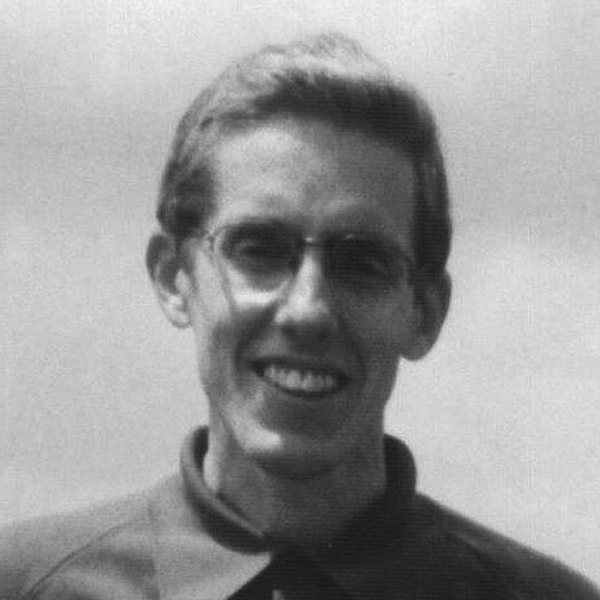
Under Rainclouds, Plum Bossoms
Kevin McCarter
Kevin McCarter writes music for solo performers, chamber groups, orchestras, and choral ensembles. Opening Ideas, for strings, and Prelude and Excursion, for brass, have been recorded by ERM Media. Above the Clouds, for violin and piano, has been recorded for a forthcoming chamber music album from Navona Records.
The music is inspired by a haiku: “Under the rainclouds / The plum blossoms seem like stars / Despite the daylight.” (Uejima Onitsura) The rhythms and meters draw on the 5-7-5 pattern of haiku syllables, and melodic figures utilize several pentatonic scales.
-
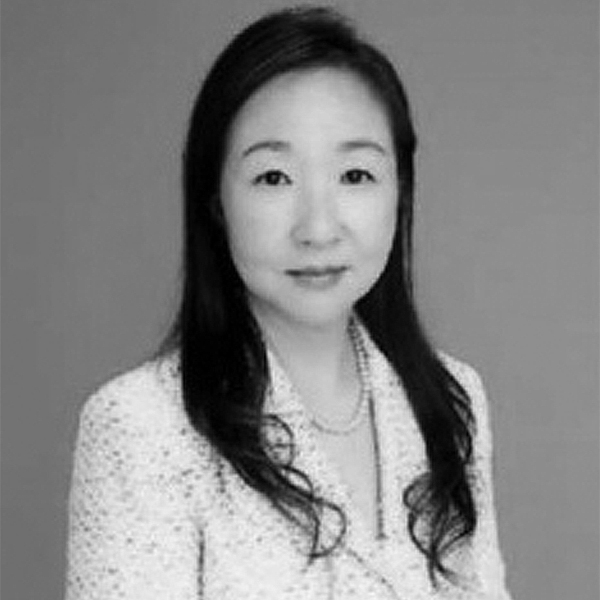
Lullaby of Ituki
Kaori Nakano
Kaori Nakano is a piano teacher of Yamaha Popular Music School in Japan, jazz pianist, arranger and composer. The SEMI-Finalists of International Songwriting Competition 2011, Jazz category.
"Lullaby of Ituki" is a Japanese Folk song of Kumamoto, the center of the Kyushu district. The girl who went for service as baby-sitting sang it for cheering up herself because her life is poor and miserable. Actually, this song is not for putting a baby to sleep. "Even if I died, nobody cries for me. Only cicadas sings in the hill at the back."
-
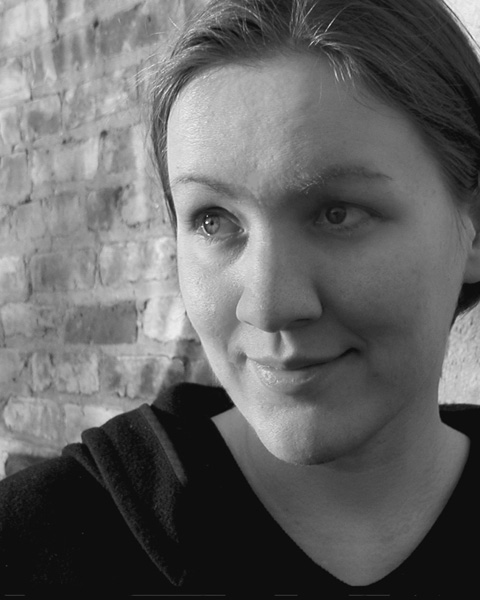
Thread Song
Kala Pierson
Kala Pierson is an American composer and sound artist. Her works have been performed and installed in more than 25 countries. Her long-term projects include Axis of Beauty (setting texts by Middle Eastern writers since 2004, in an ongoing response to her government's "Axis of Evil" propaganda) and Illuminated (setting texts about sex and sexuality from a broad range of cultures).
Thread Song is inspired by a poem written by early-20th-century Japanese poet Yosano Akiko: "it was only / the thin thread of a cloud / almost transparent / leading me along the way / like an ancient sacred song."
-
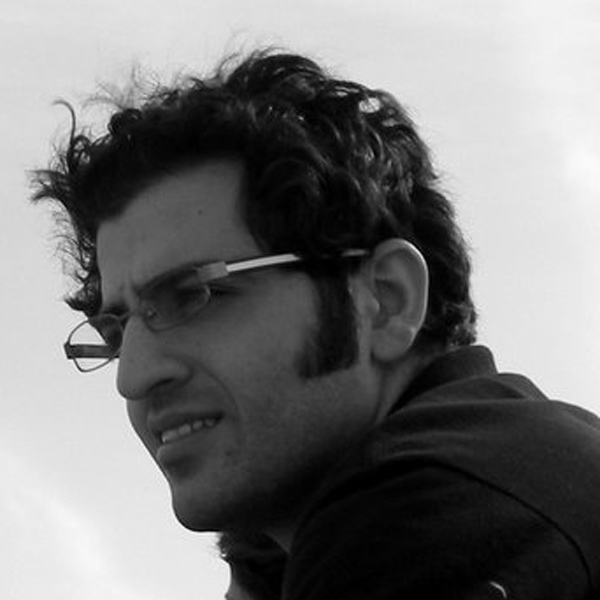
Midnight-no.4
Jamal Sameri
Born at 1981; M.A. in Musical composition I started learning piano and continued my musical studies at Tehran University. I compose vocal and instrumental music in different styles, I received second prize for Zahak Poem Symphony at First National Young Iranian Festival and received third prize at 25th Fajr Music Festival in Iran.
This piece was composed is based on Iranian traditional motif is known Zirkesh-e Salmak . I composed some variations of this motif. In fact one of important characteristics of Iranian traditional music is free-meter ( flexible melodies ) so this piece could be played within one minute regardless the meter.
-
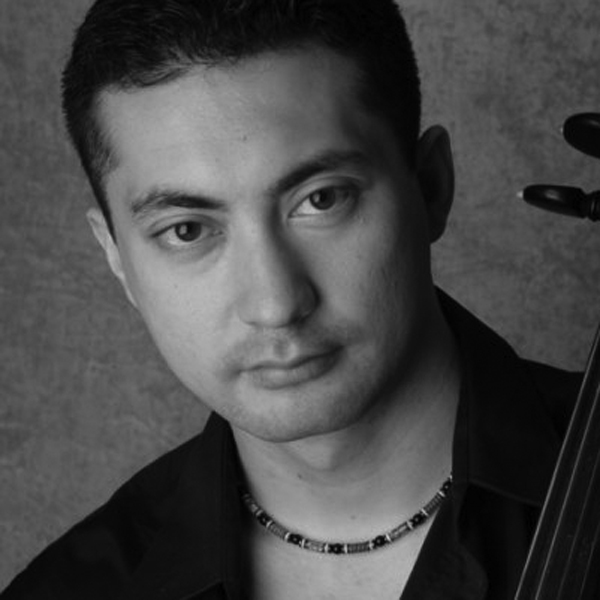
Mini Big Apple Bayashi
Leo Soeda
Leo Soeda is a cellist/composer/educator, who performs regularly in New York’s major venues, and whose works have been performed in big events such as NBC’s Today Show, Chamber Music Society of Lincoln Center, and a concert at Terminal 5. He also serves as a conductor for New Jersey State Youth Orchestra.
Mini Big Apple Bayashi is inspired by the style of matsuri bayashi (traditional Japanese music played in festivities), with the bass imitating the koto, shamisen and the Japanese drums, while the clarinet imitates the shakuhachi and the shinobue. It contains a slow improvisational intro and a fast festivity music.
-
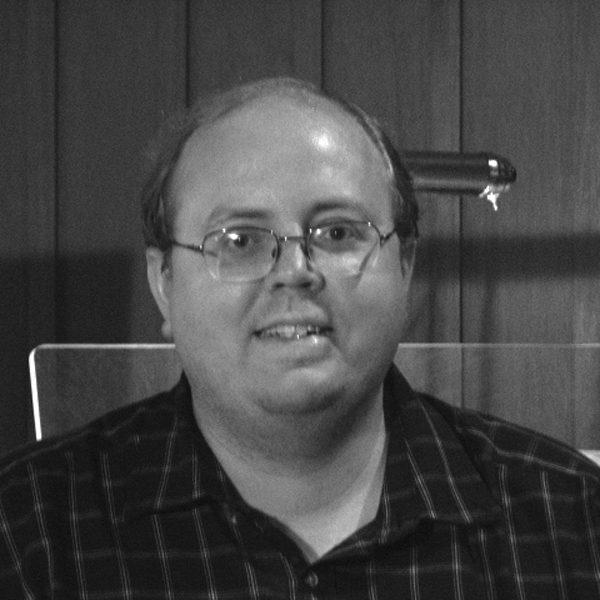
Haiku
Christopher M. Wicks
Christopher M. Wicks holds a MM in composition from the University of Montreal, and is a Fellow of the American Guild of Organists. He is organist, choral accompanist and bell choir director at Christ the Good Shepherd Lutheran Church in Salem, Oregon.
This piece addresses the theme of "Japan" through drawing its inspiration from a haiku which I wrote, the haiku being a traditional form of Japanese poetry. This is my poem: "Your soul is a field/ In which I sow affection/ And then reap delight."